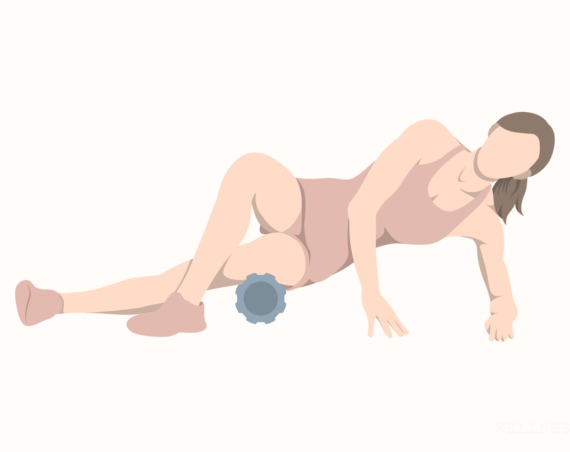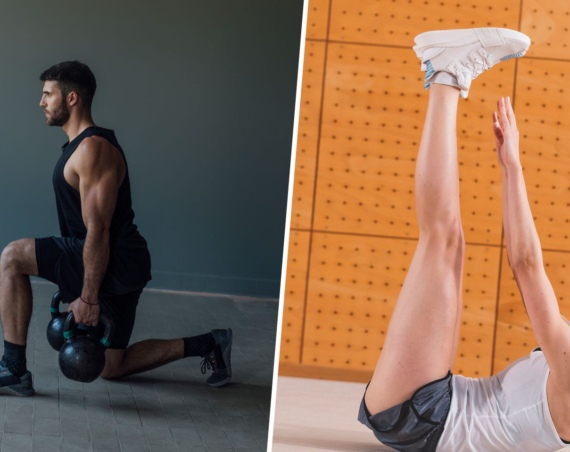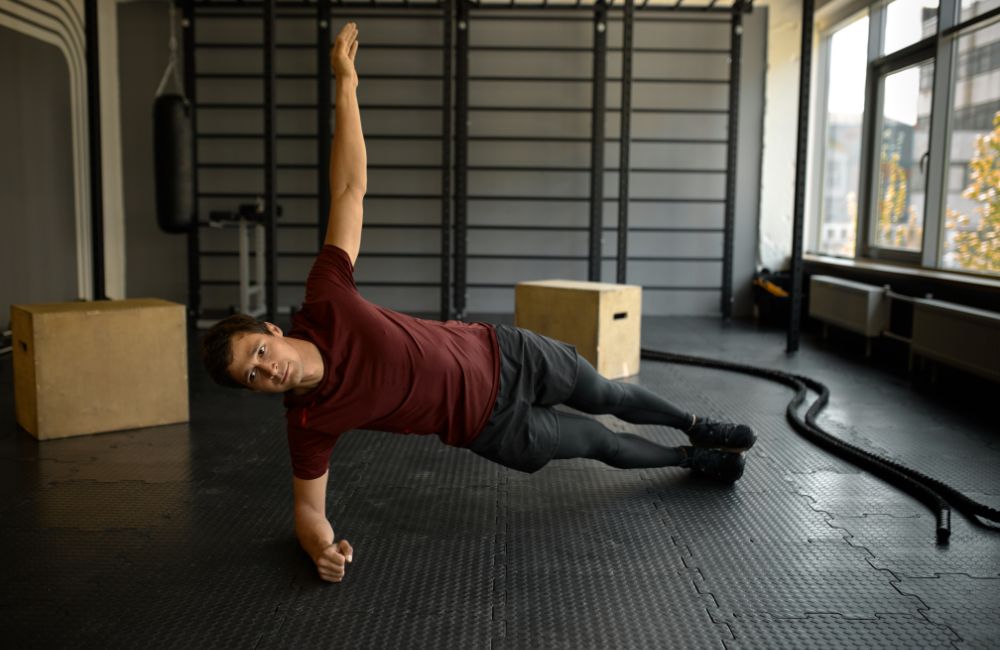
Are you tired of dealing with nagging back pain that disrupts your daily life? Poor posture is often to blame, but the good news is that you can take steps to improve it.
Strengthening your deep core muscles is a powerful way to alleviate back pain and enhance your posture.
In this article, we will explore five proven deep-core exercises that can transform your posture and reduce back pain.
Whether you’re an athlete, office worker, or stay-at-home parent, these exercises are accessible and effective for everyone.
Let’s dive in and discover how you can strengthen your core, improve your posture, and bid farewell to back pain today!
The Importance of Good Posture
Maintaining good posture is crucial for a healthy and functional body. It evenly distributes your body weight, relieving strain on your joints and muscles.
Unfortunately, factors like prolonged sitting, slouching, and improper standing can lead to poor posture, resulting in muscle imbalances and chronic back pain.
Strengthening your core muscles is an effective way to improve your posture. These muscles stabilize your spine, helping it maintain a neutral position and reducing back strain. Additionally, core exercises enhance balance, agility, and overall fitness.
Understanding the Core Muscles
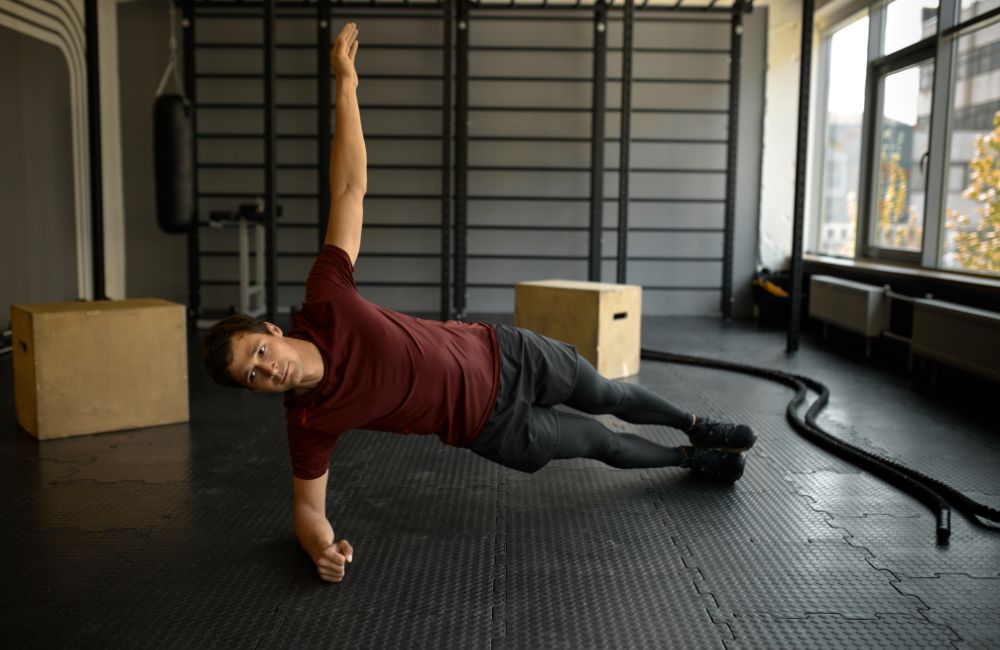
Your core muscles are the foundation of your body’s stability and balance.
They encompass your abdominals, back muscles, and pelvic floor muscles. Working together, these muscles support your spine, maintain posture, and improve balance.
Within the core muscles, the deep core muscles lie beneath the surface. These include the transverse abdominis, multifidus, and pelvic floor muscles.
Strengthening these deep core muscles is vital for posture improvement and reducing the risk of back pain.
Benefits of Core Exercises for Posture and Back Pain
Core exercises offer remarkable benefits for improving posture and reducing back pain. Strengthening your core muscles allows your body to maintain proper posture, alleviating strain on your back.
Furthermore, these exercises enhance overall fitness, and flexibility, and can help prevent injuries and chronic pain. Beyond back pain relief, core exercises improve balance, coordination, digestion, and breathing by strengthening the diaphragm and respiratory muscles.
1. Plank
The plank is a classic and effective core exercise that engages the entire core, including the deep core muscles. It helps strengthen the muscles that support the spine and improve overall posture.
Instructions:
- Start in a push-up position with your hands directly under your shoulders and your body forming a straight line from head to heels.
- Engage your core muscles by pulling your belly button toward your spine.
- Hold this position for 30 seconds to a minute, maintaining proper form and breathing evenly.
- Release and rest for a short period.
- Repeat for 3-5 sets.
2. Dead Bug
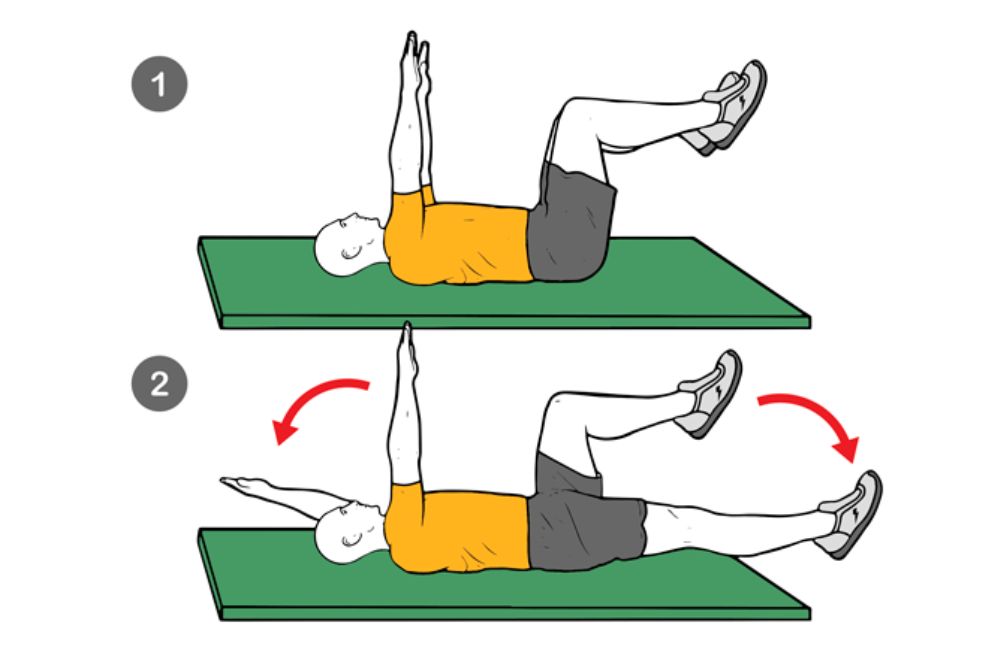
The dead bug exercise targets the deep core muscles, promoting stability and balance. It helps strengthen the muscles responsible for maintaining proper posture.
Instructions:
- Lie on your back with your arms extended above your chest and your legs bent at a 90-degree angle.
- Engage your core muscles by pulling your belly button toward your spine.
- Lower your right arm and left leg towards the ground while maintaining stability through your core.
- Return to the starting position and repeat the movement with the opposite arm and leg.
- Repeat for 3-5 sets on each side.
3. Bird Dog
The bird dog exercise strengthens the deep core muscles and enhances stability. It targets the muscles responsible for supporting the spine and maintaining proper posture.
Instructions:
- Start on your hands and knees with your wrists under your shoulders and your knees under your hips.
- Engage your core muscles by pulling your belly button toward your spine.
- Extend your right arm straight forward and simultaneously extend your left leg straight back until they align with your body.
- Hold this position for a few seconds, focusing on maintaining balance and stability.
- Return to the starting position and repeat the movement with the opposite arm and leg.
- Repeat for 3-5 sets on each side.
4. Side Plank
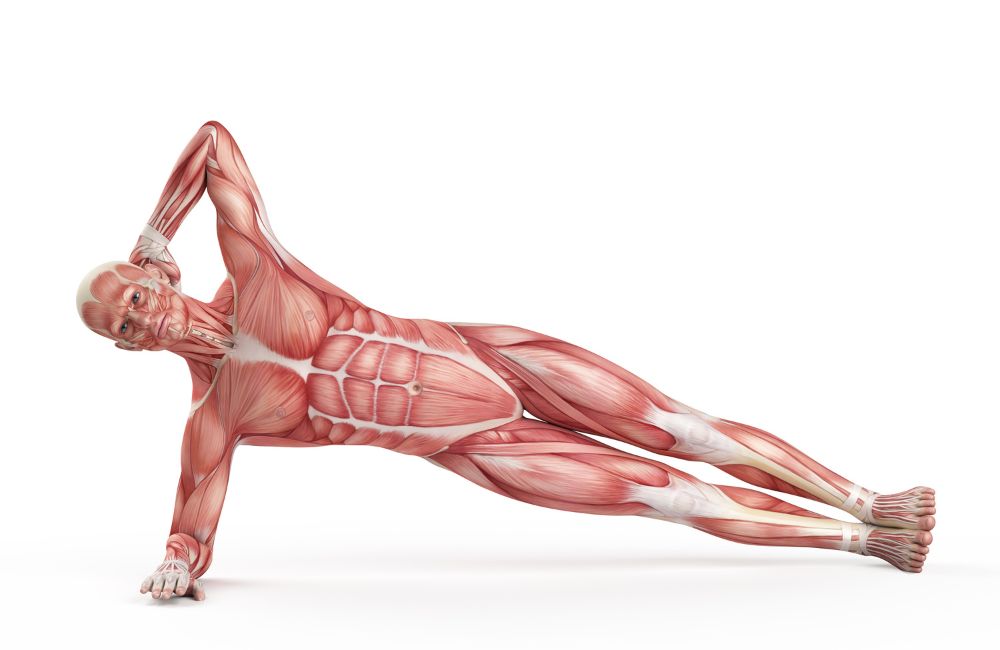
The side plank variation targets the obliques and deep core muscles, which are crucial for stabilizing the spine and improving posture.
Instructions:
- Start by lying on your side, supporting your body weight on one forearm, with your elbow directly under your shoulder.
- Stack your feet on top of each other or stagger them for more stability.
- Engage your core muscles by pulling your belly button toward your spine.
- Lift your hips off the ground, creating a straight line from your head to your feet.
- Hold this position for 30 seconds to a minute, maintaining proper form and breathing evenly.
- Lower your hips back down and switch sides.
- Repeat for 3-5 sets on each side.
5. Glute Bridge
The glute bridge exercise targets the deep core muscles and improves posture by strengthening the muscles in the buttocks and lower back.
Instructions:
- Lie on your back with your knees bent and feet flat on the ground, hip-width apart.
- Engage your core muscles by pulling your belly button toward your spine.
- Press through your heels and lift your hips off the ground until your body forms a straight line from your knees to your shoulders.
- Hold this position for a few seconds, squeezing your glutes and engaging your core.
- Lower your hips back down to the starting position.
- Repeat for 3-5 sets.
Remember to maintain proper form, and breathe consistently throughout each exercise.
Consult a healthcare professional before starting any new exercise routine, especially if you have pre-existing health conditions or concerns.
How to Perform the Exercises Correctly
To maximize the benefits and prevent injury, follow these tips for proper exercise technique:
- Begin with a warm-up to prepare your body, such as light cardio or dynamic stretching.
- Engage your core muscles by pulling your belly button toward your spine during the exercises.
- Maintain proper form by keeping your spine neutral, and avoiding arching or rounding.
- Breathe deeply and evenly, inhaling through your nose and exhaling through your mouth.
Other Posture-Improving Tips and Tricks
In addition to core exercises, consider these tips to improve your posture and reduce back pain:
- Sit up straight with feet flat on the ground and shoulders relaxed.
- Stand with weight evenly distributed on both feet, avoiding leaning or favoring one side.
- Incorporate stretching exercises into your routine to maintain flexibility and prevent injuries.
Incorporating Core Exercises into Your Workout Routine
To effectively improve your posture and reduce back pain, integrate core exercises into your workout routine with these tips:
- Start with basic exercises if you are new to core workouts and gradually progress.
- Include a variety of core exercises to target different muscle groups and keep your routine interesting.
- Be consistent, aiming for 3-4 core exercise sessions per week to see results.
Stretches to Complement Core Exercises
Stretching is essential to complement your core exercises and maintain flexibility. Try these stretches:
- Cat-Cow Stretch: On hands and knees, alternate between arching your back up and rounding it down. Repeat 5-10 times.
- Child’s Pose: Start on hands and knees, lower your hips towards your heels, and stretch your arms forward. Hold for 30 seconds to a minute.
Conclusion
By prioritizing core exercises, you can enhance your posture, and alleviate back pain. It can help achieve a strong, healthy back that supports your overall well-being.
Remember to perform the exercises correctly, maintain proper form, and remain consistent.
In combination with other posture-improving tips and stretches, you can attain a healthy, functional back with dedication and effort.
Get started on your journey to better posture and a pain-free life today!

